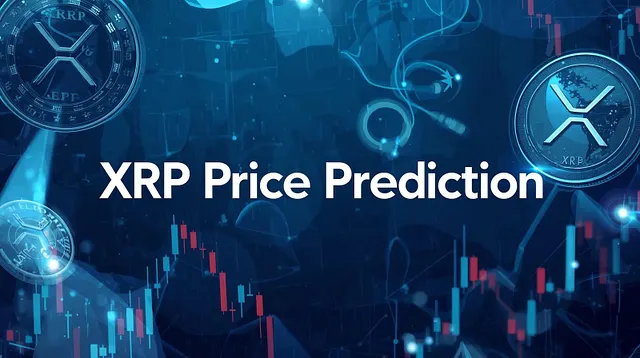Tony Kim
Sep 18, 2025 22:02
Discover the diverse NFT art marketplaces on Tezos, from Objkt’s central hub to innovative platforms like Teia, Bootloader, and Skurpy, each offering unique features and community-driven initiatives.
Tezos has emerged as a significant player in the NFT ecosystem, offering a wide array of art marketplaces that cater to diverse artistic and collector needs. According to Tezos, the blockchain supports numerous platforms, each with unique features and community-driven initiatives, creating a rich landscape for digital art.
Objkt.com: A Central Hub for Tezos Art
Objkt.com stands out as a leading NFT marketplace on Tezos, renowned for its comprehensive features that facilitate creating, collecting, and trading digital art. This platform integrates most NFTs minted on Tezos, providing options for fixed-price sales, auctions, and more. Objkt’s recent initiatives, such as ObjktLabs, aim to enhance its offerings further, including the launch of an open-source marketplace for generative art.
Bootloader.art: Pioneering Generative Art
Bootloader.art, an initiative from ObjktLabs, is an open-source platform dedicated to generative art. It allows artists to build, mint, and sell projects fully on-chain, fostering a deeper exploration of generative systems. Its emphasis on open-source code and on-chain storage sets it apart, although it comes with higher fees and minting costs.
Teia.art: Community-Driven Creativity
Teia.art continues the legacy of Hic et Nunc (HEN), driven by a community that values inclusivity and experimentation. Governed by the Teia DAO, this platform supports new artists with initiatives like the Teia Fountain, which provides starter funds for minting. Teia’s grassroots governance and focus on artist empowerment make it a unique space for digital art.
Skurpy: Merging Social Media and NFTs
Skurpy blends social media features with NFT trading, offering users a platform to share posts, connect, and trade digital assets. Its discovery feed highlights new artists and collections, while supporting on-chain royalties ensures artists receive fair compensation. Skurpy’s point system and collaboration features further enhance its appeal.
EditArt: Interactive Generative Art
EditArt allows collectors to influence the generative art they mint, with adjustable parameters that contribute to the final piece. Each project is stored on-chain, offering a minimalist interface and shared royalties for collectors. This platform fosters a collaborative relationship between artists and collectors.
Zero Unbound: Fully On-Chain Marketplace
Zero Unbound focuses on fully on-chain NFT minting with zero marketplace fees. It offers creators complete control over their works, with the flexibility to edit metadata. This platform’s commitment to on-chain solutions reflects its dedication to innovation within the Tezos ecosystem.
InfiniteInk: Self-Custodial Minting
InfiniteInk emphasizes independence in the NFT minting process, allowing artists to deploy self-custodial contracts. Although invite-only, its studio arm supports notable releases and aims to expand its artist base.
Fxhash: Generative Art Across Chains
Fxhash, a key player in generative art on Tezos, recently expanded to a multi-chain model. Its unique approach to minting, where each piece is generated from the artist’s code, continues to attract collectors and artists alike.
AkaSwap: Asia-First NFT Marketplace
AkaSwap offers unique features like bundled sales and 3D exhibitions, catering to a multilingual audience. Its Artist Club and fiat payment integration make it accessible to a broader demographic.
ArtDex.io: NFTs with DeFi Utility
ArtDex.io combines DeFi principles with NFTs, enabling fractional ownership and NFT-backed liquidity pools. While development has slowed, its innovative approach highlights the potential of blockchain technology in art markets.
The Tezos NFT ecosystem continues to evolve, with each marketplace contributing to its vibrant and decentralized nature. From Objkt’s central role to the unique offerings of platforms like Teia, Bootloader, and Skurpy, Tezos provides a dynamic environment for digital art exploration and innovation. For more in-depth insights, visit the Tezos Spotlight.
Image source: Shutterstock
Source: https://blockchain.news/news/exploring-dynamic-nft-art-marketplaces-tezos


